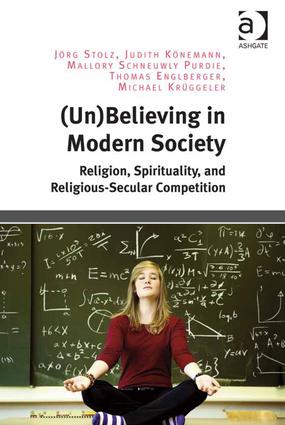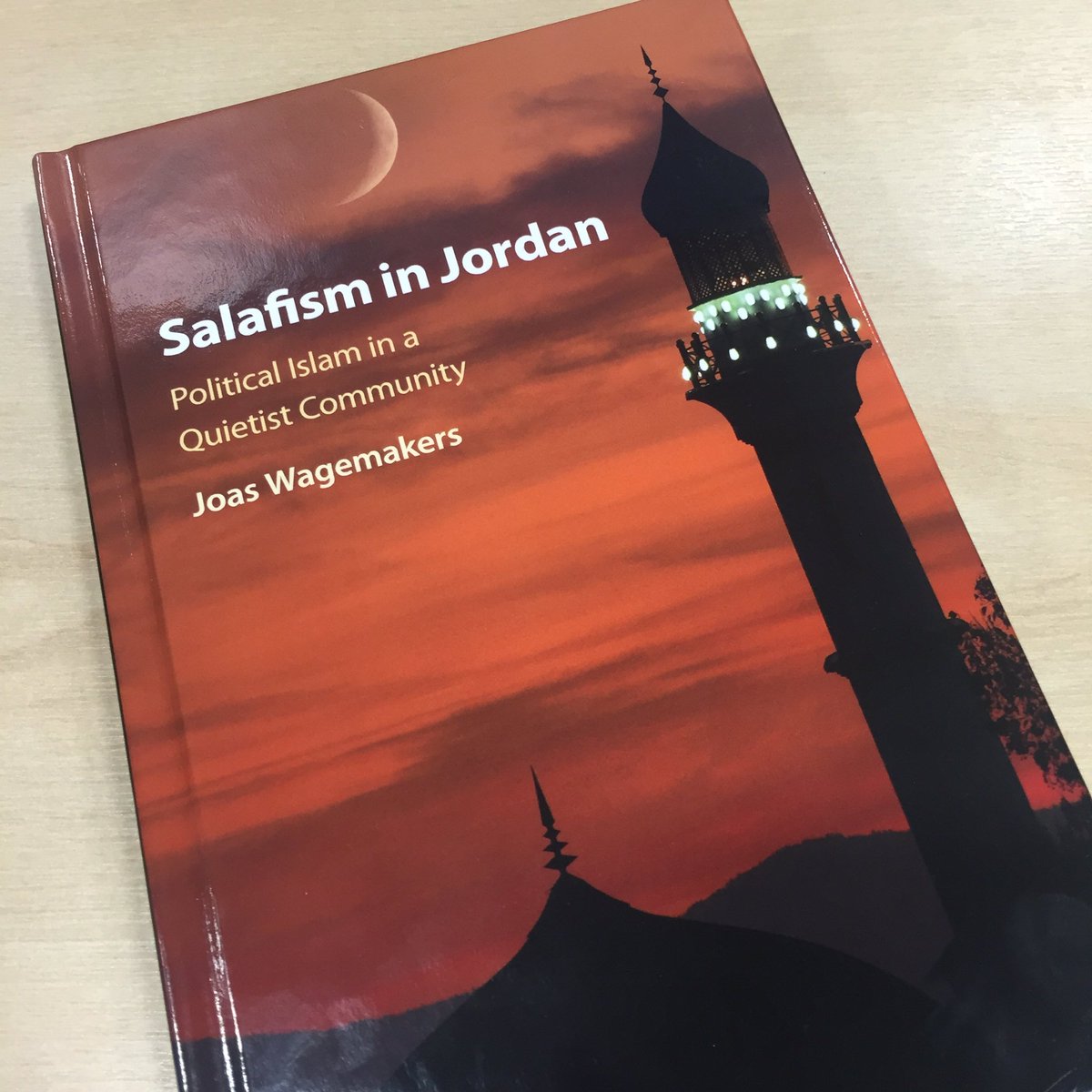
The authors find that the Distanced type is most prevalent in Swiss society, with 57.4 percent, followed by Institutional (17.5 percent), Alternative (13.4 percent), and Secular (11.7 percent). The researchers argue that the latter category will eventually predominate because of the growth of secular-religious competition. With the shift to what the authors see as a “me-society” starting in the 1960s, religions havelost their institutional following. Those religions that want to retain their members and grow have to engage in competition and even marketing. But in competing with other forms of leisure pursuits (which is what the authors argue that religions have become viewed as), religious groups will eventually lose out to the greater variety of secular offerings. The book shows that some competitive groups are holding their own and even growing to some extent, such as evangelical churches (which are portrayed as being isolated from Swiss society), but the authors see a more pervasive trend of “secular drift” as non-religious options predominate in society. Although the researchers argue that their findings can be applied to other contexts, they do so only at the book’s very conclusion, without considering how the Swiss religious market may be different than other cases.
From the beginning, the transnational dimension of Jordanian Salafism was clear. People went to study in Saudi Arabia or Egypt, while scholars came from Syria, the most significant one having been the famous al-Albani (1914–1999), who had been born in Albania but then emigrated with his family to Damascus as a child, spending the last part of his life in Jordan. Political Salafism came to Jordan when Palestinians were expelled from Kuwait in the 1990s; among the jihadi-Salafis among them was the influential scholar al-Maqdisi (b. 1959). Efforts to organize an “official Islam” in Jordan came relatively late but were intensified with the rise of radical Islam in the second half of the 1990s. Although their views are not really those of an open, tolerant approach to other religions advocated by the authorities, quietist (“peaceful”) Salafis seem to have become part of an alliance of the “moderate” forces of Islam. They have moved from apolitical quietism to cooperation with the state, from religious utopia to loyalism—going as far as encouraging voting at parliamentary elections in 2013. Both incentives from the state and confrontation with political Salafism have encouraged such developments. Documenting carefully the domestication of a majority of quietist Salafis by the state, Wagemakers concludes that heated debates among Salafis of different orientations have created “fissures that are unlikely to disappear anytime soon,” even if not always obvious at first sight.